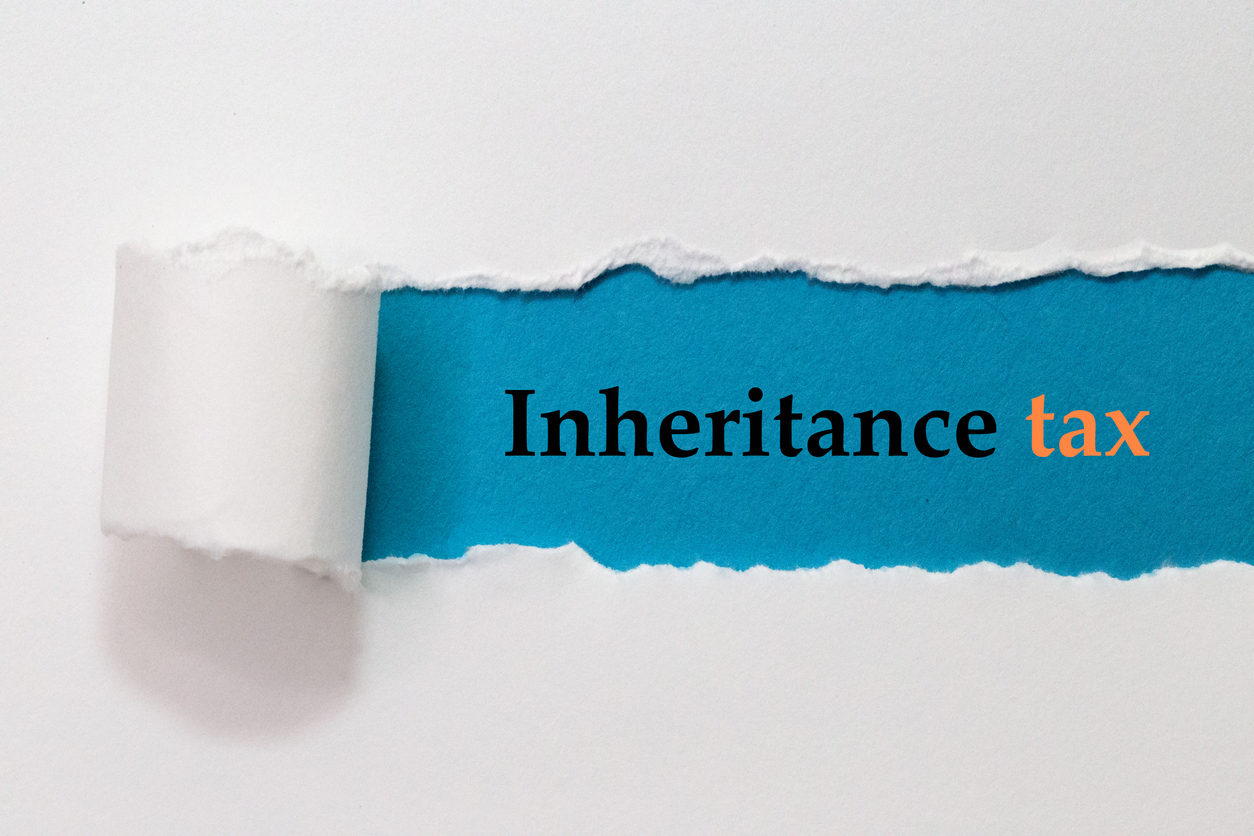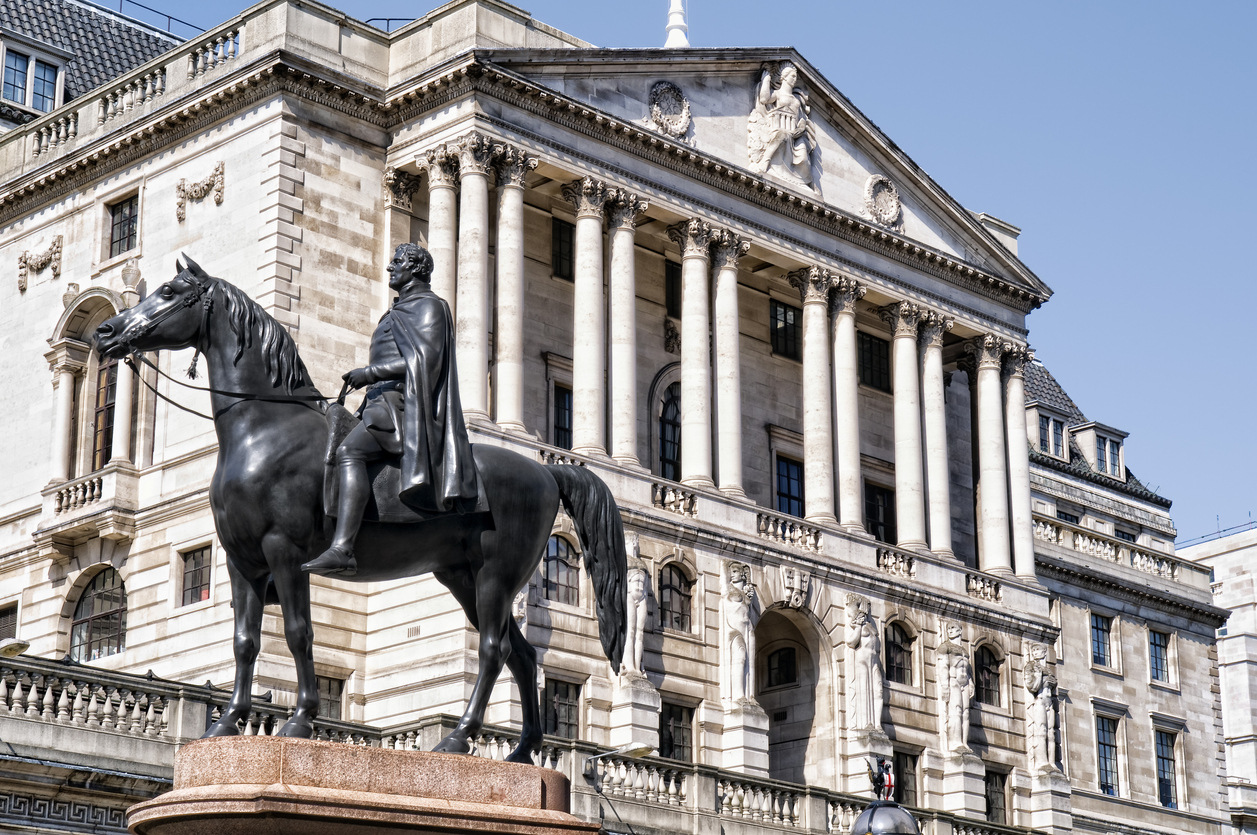
As the A-level results are announced, students up and down the country are busy securing their place at University. The future funding of further education is a growing concern, highlighted by press reports at the weekend that tuition fees will need to rise considerably above the current level of £9,250 per annum over coming years. Add on top all of the other costs of living in student accommodation, it is little wonder that further education funding is a common topic of conversation when advising parents and grandparents.
The Student Loan system is designed to provide support for tuition fees, and as a result, finding the money up front to pay for learning costs is often not an issue. This system does, however, saddle young people with significant debts, which are only repayable once earnings exceed a certain threshold. Maintenance costs are, however, means tested, and given the cost of accommodation, living expenses, food, study materials and socialising, this can run into several thousand pounds a term.
This is why we are often called to advise families on the best way to fund these expenses for their children. We will explore a number of ways this can be achieved.
Regular saving
Most of us are familiar with the notion of regular saving for retirement through a pension, which aims to provide an income in later life. We can look to take the same approach, but with a much shorter time horizon, by setting up a regular savings investment plan. Whilst using cash is an option, it is rarely sensible to use cash for an investment of this type as returns are generally low and inflation can eat away at the real value of the sum saved. By using investments into other assets – such as Equities (Company Shares), Fixed Interest Securities (Bonds and Gilts), Property or Infrastructure – returns in excess of those generated by cash can normally be achieved over the longer term.
The investment can be held in the name of a parent, which retains control over the investment fund, or potentially could be invested through a Junior Individual Savings Account (ISA) in the hands of the child. The latter option does provide immediate access to the funds when the child is 18, which could be a consideration if a parent has concerns that the child may use the funds for other purposes than intended.
An additional benefit of investing regularly is that the monthly contributions will purchase investment fund units at different values, and therefore a smoothed investment effect known as “pound cost averaging” can be achieved.
The earlier a regular savings plan is commenced, the greater the time horizon for investment. This can lower the risk of the investment plan as investments in assets other than cash should really only be considered when the investment can be left in place for five years or more.
Lump sums and gifting
Grandparents in particular are often keen to help future generations, by helping them fund their grandchildren’s study costs. This can potentially have a dual benefit, as making gifts at an earlier point can also ease concerns over Inheritance Tax liabilities that Estates may be burdened with in the future.
As with regular savings, a lump sum gift could be placed in a cash savings account; however, as described above, returns on cash over time are generally poor, and investing the lump sum into a suitable investment plan can often yield better returns.
When establishing an investment of this type, there are options to consider as to how the investment is structured. To also be effective for Inheritance Tax planning, the gift needs to be absolute, which means either passing funds to the parents of the child to hold for the benefit of the child, or establishing a Bare Trust.
Bare Trusts and tax efficiency
Assets in a Bare Trust are held in the name of a trustee. However, the beneficiary has the right to all of the capital and income of the trust once they reach the age of 18. This means the assets set aside by the settlor in Trust will always go directly to the intended beneficiary and there is no discretion as to who receives the benefit.
The advantage of using a Bare Trust set up by a Grandparent is that whilst the assets are held by the trustee, any income generated by the investments are taxed on the beneficiary, i.e. the child. As children are entitled to the Personal Allowance before Income Tax is paid, this effectively means that no Income Tax charge will arise. It is important to distinguish this tax advantage from the situation that occurs when a Bare Trust is set up by a Parent, rather than a Grandparent. In this instance, the Parent is deemed to be the “settlor” and if income of more than £100 per Tax Year is produced, the entire income is taxed on the Parent, and not the Child.
Success is down to careful planning
Whether a regular savings approach is adopted, or a lump sum invested, the success of any plan to save for University costs will rest on the performance of the investment strategy and funds selected. FAS can provide independent advice as to the type of strategy that should be adopted, and discuss aspects such as investment risk and volatility and also address any ethical considerations.
As with any investment plan, regular reviews should be carried out to ensure the investments are performing as expected and given that funds will be needed at a known point in time, it may well be appropriate to consider reducing investment risk as the child nears the point that the funds are needed. This can help avoid the potential for markets to suffer a downturn at the time that funds are to be withdrawn. At FAS, we provide ongoing advice and regular reviews to consider whether the underlying strategy should be altered during the life of the investment.
If you would like to plan ahead to fund further education costs, or are considering gifting funds for this purpose, then speak to one of our advisers here.
The value of investments and the income they produce can fall as well as rise. You may get back less than you invested. Past performance is not a reliable indicator of future performance. Investing in stocks and shares should be regarded as a long term investment and should fit in with your overall attitude to risk and your financial circumstance.







